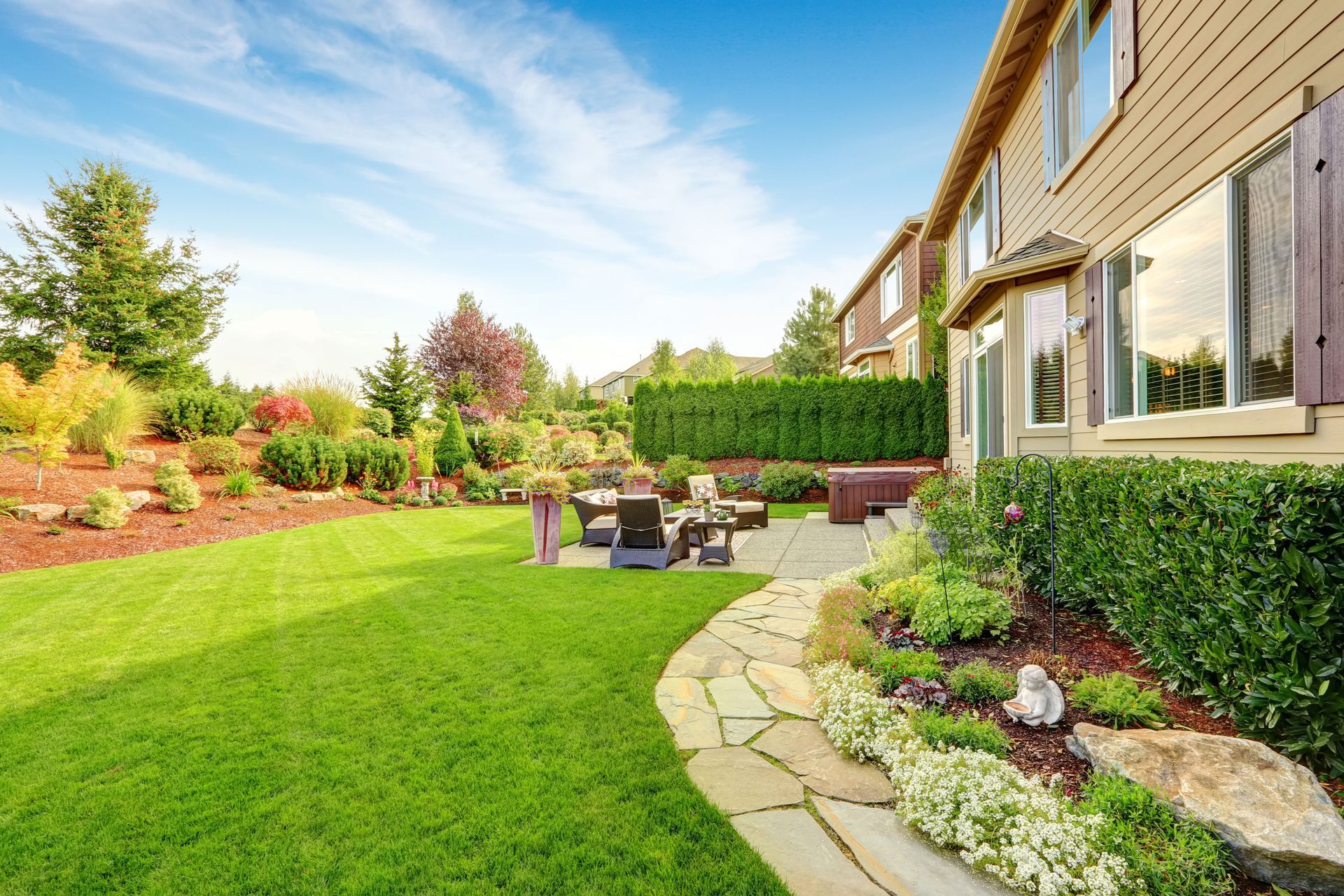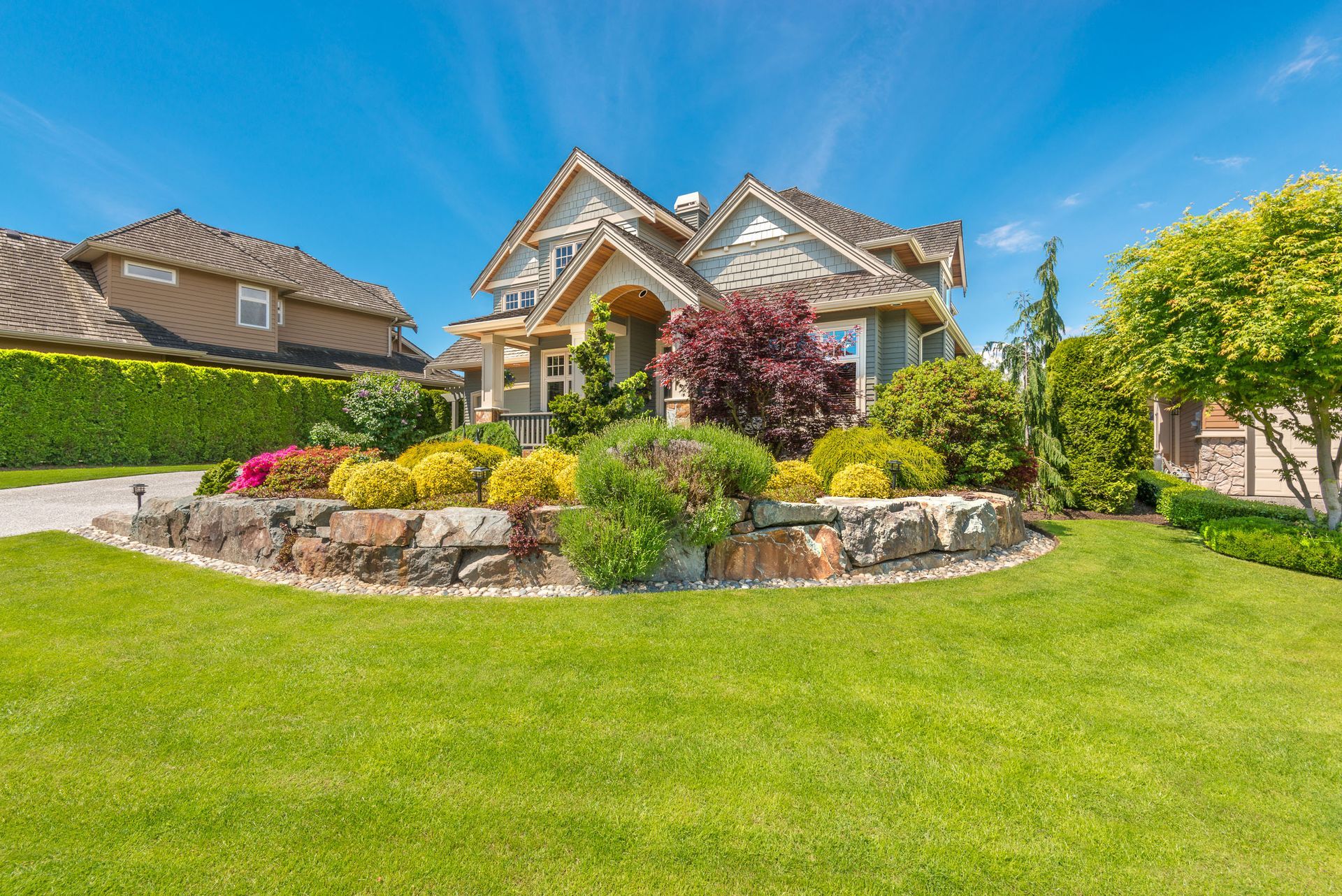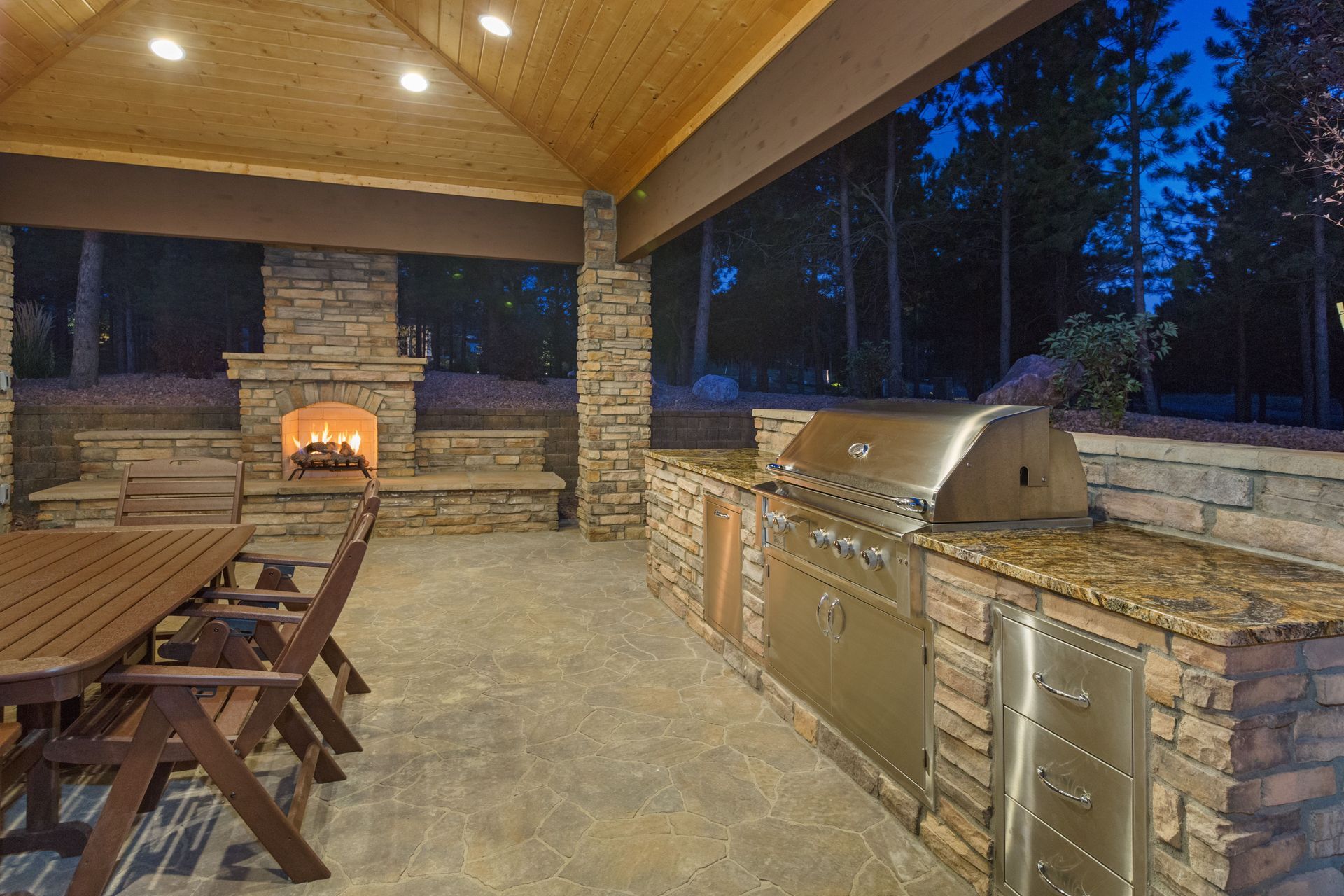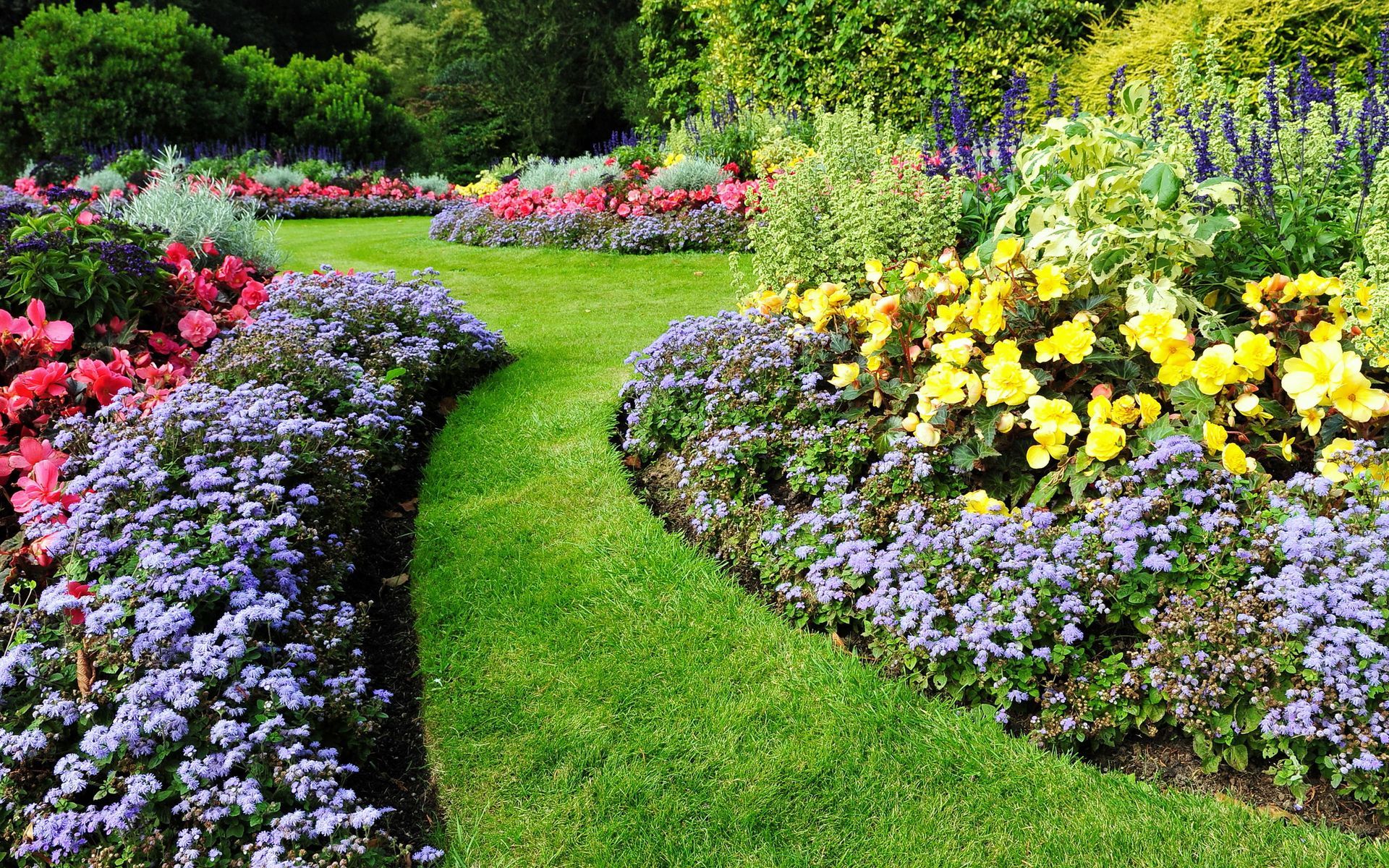Trends From Landscape Designers You Should Consider
Over the past few years, the concept of outdoor living has evolved significantly. Landscape designers are increasingly focused on creating spaces that function as true extensions of the home. This means outdoor kitchens, lounge areas with weather-resistant furniture, covered patios with ceiling fans, and fire features that invite year-round use. Homeowners are no longer content with simple lawns and patios—they want environments where they can relax, entertain, and even work remotely.
Designers now incorporate zoning principles typically used indoors. For example, a backyard might include a cooking zone, a dining zone, and a play zone for children or pets. These delineations help organize the space and enhance usability. Texture and lighting also play a major role, with layered plantings, ambient lights, and hardscaping materials that match the home’s architectural tone. It’s all about cohesion and comfort, reflecting a growing desire to blend lifestyle with landscape.
According to the National Association of Landscape Professionals, more than 40% of Americans hire landscaping professionals to help bring these complex visions to life. As a result, outdoor living rooms and multi-use patios are now more of a norm than a novelty. Let's learn more about landscape design trends!
Focusing on Sustainability and Eco-Friendly Designs
Sustainability has become a driving force in landscape design, and professionals are implementing more eco-conscious choices than ever before. Landscape designers are shifting away from water-thirsty grass lawns and opting for native plants, drought-tolerant grasses, and other landscaping techniques. These changes not only reduce environmental strain but also save homeowners time and money on maintenance.
Another key trend is the use of permeable paving and rain gardens. These systems help manage stormwater runoff and improve groundwater recharge while adding visual appeal. Composting areas and edible gardens are also gaining popularity, allowing homeowners to engage directly with their outdoor spaces in a way that supports local ecosystems. Designers often incorporate recycled materials for decking, retaining walls, and hardscapes. LED lighting powered by solar energy rounds out the eco-conscious package.
In addition, landscape designers are exploring pollinator-friendly habitats that attract bees, butterflies, and hummingbirds. These biodiverse gardens not only contribute to local ecology but also enhance the visual richness of the yard. More homeowners are also requesting water harvesting systems like rain barrels and cisterns, which can be seamlessly integrated into the design. By combining visual appeal with functional sustainability, these approaches are shaping a new standard for residential landscapes. This eco-forward thinking is fast becoming the norm rather than the exception.
Prioritizing Low-Maintenance Landscapes
Today’s homeowners are busy, and landscape designers are responding with solutions that require less upkeep. The goal is to create beauty without the burden of excessive time or effort. This has given rise to low-maintenance materials, strategically placed plantings, and automation technology that helps manage the property with ease.
Artificial turf is one popular example, offering a green, uniform appearance without watering or mowing. Gravel gardens and mulch-heavy beds also reduce the need for weeding and trimming. Smart irrigation systems are becoming standard, allowing for zone-specific watering schedules that adapt to weather and soil conditions. Designers are also using evergreens and hardy shrubs that maintain their shape and color through the seasons. These elements not only reduce the need for seasonal replanting but also provide year-round interest.
Incorporating ground covers such as creeping thyme or sedum offers additional visual appeal while keeping weeds at bay. Landscape designers may also select slow-growing plants that require minimal pruning. Combined with thoughtful layout strategies—like clustering plants with similar care needs—these choices further reduce ongoing maintenance. Low-maintenance design isn’t about sacrificing beauty; it’s about making outdoor spaces more accessible and enjoyable for modern living.
Embracing Naturalistic and Organic Styles
While past decades saw structured gardens and symmetrical layouts dominate, today’s trends lean heavily toward organic shapes and natural materials. Landscapers are taking cues from nature itself, favoring curved lines, free-form beds, and plant groupings that mimic wild growth patterns. The result is a softer, more serene aesthetic that blends seamlessly with the environment.
Materials like stone, timber, and reclaimed brick are being used more frequently in walkways, borders, and outdoor structures. These materials weather beautifully over time, enhancing the garden’s authenticity. Meadow-style plantings with ornamental grasses, wildflowers, and pollinator-friendly blooms are taking over where box hedges once reigned. This move toward a more naturalistic approach doesn’t mean a lack of structure—it just means embracing asymmetry and imperfection. For clients who value sustainability and a sense of connection to the natural world, this style can be both calming and meaningful. Talented landscape designers know how to strike the right balance between intentional design and untamed beauty.
Additionally, this organic trend supports biodiversity. By incorporating native plant species and avoiding over-manicured features, these spaces create safe habitats for birds, butterflies, and beneficial insects. Dry stream beds, mossy stones, and layered canopy planting offer visual interest while promoting a healthier, self-sustaining environment. This thoughtful design approach reflects a deeper appreciation for ecology, not just aesthetics.
Integrating Technology and Smart Features
Technology is playing a growing role in landscape design, from smart irrigation to advanced lighting systems. Landscape designers are incorporating digital tools that allow homeowners to control their outdoor environments with a tap on their phone. These upgrades not only offer convenience but also promote efficiency and customization.
Outdoor lighting is one of the most requested upgrades, especially programmable LED systems that can change color, brightness, or timing depending on the occasion. Integrated sound systems, security cameras, and Wi-Fi boosters are also becoming standard in modern backyard design. Smart irrigation systems, mentioned earlier, can be programmed to respond to real-time weather forecasts. Some even monitor soil moisture levels and send alerts when adjustments are needed. For homeowners who value both aesthetics and convenience, the use of technology can transform a beautiful yard into a fully optimized living experience. When working with landscapers, ask about these smart upgrades to future-proof your outdoor space.
In addition, robotic lawn mowers are growing in popularity for those who want effortless lawn care. These battery-powered machines can be scheduled and remotely controlled just like indoor robot vacuums. App-controlled outdoor heaters and motorized pergola louvers are also being introduced to help homeowners adapt their yards to changing weather. As this technology becomes more accessible, landscape designers are integrating it seamlessly into the design process, ensuring beauty, comfort, and smart functionality go hand in hand.
With so many trends reshaping outdoor spaces, it's important to select the ones that best align with your lifestyle, location, and values. Designers are no longer just planting trees or laying sod—they're creating multi-functional environments that reflect how people want to live. Whether you're drawn to sustainability, smart features, low-maintenance designs, or nature-inspired aesthetics, there's a trend that can transform your yard into something truly special.
Working with professional landscape designers gives you access to both creative vision and practical solutions. Their experience helps bridge the gap between dream and reality, guiding you through material selection, layout planning, and future-proofing strategies.
If you’re considering an outdoor upgrade, now is the perfect time to explore these evolving design ideas. Whether you're starting from scratch or refreshing your current layout, the trends shaping modern landscapes can help you create a space that’s not only beautiful but deeply functional. Contact Superior Lawn & Landscape today for more information!





Share On: